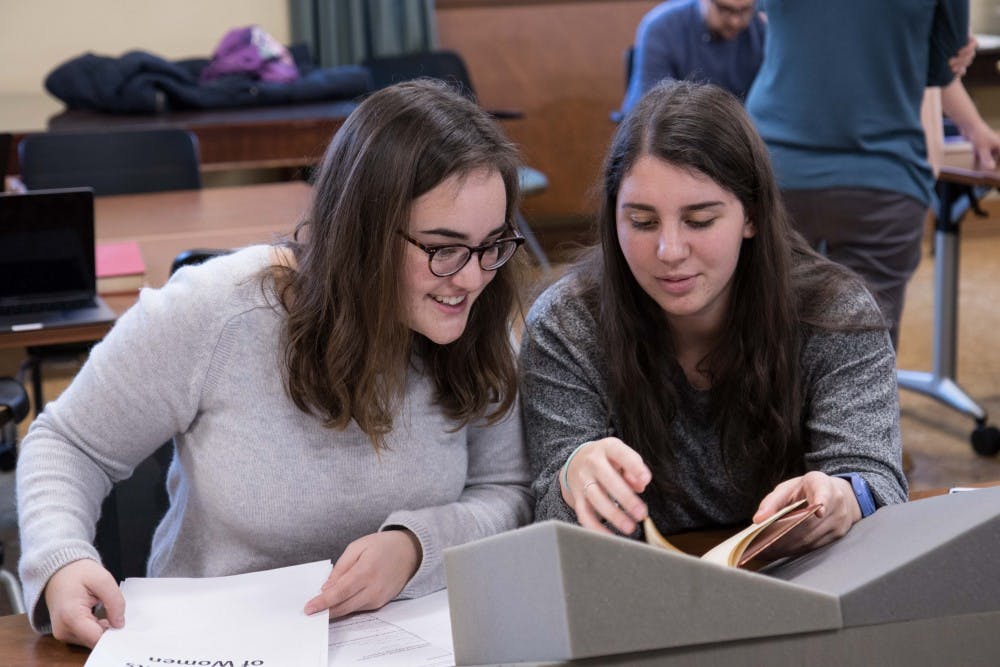Monsters, books and libraries, oh my! Wilson Library and UNC professor Jeanne Moskal’s English class are teaming up to present, “Reconstructing Frankenstein’s Monster: Mary Shelley’s World in Print,” an exhibition that will bring Mary Shelley’s novel, “Frankenstein,” back to life. Enter if you dare.
The exhibit will be on display from Thursday, April 26 to Aug. 26. It is free and open to the public. No prior knowledge of Shelley’s work is necessary to enjoy the exhibit. Audio casts are provided to adult and children viewers alike as they walk through the library.
The exhibition will celebrate the bicentennial of Shelley’s groundbreaking novel, reviving its history and wonders for a modern audience. The display will explore topics from scientific and global experimentation to feminism and sexual liberation, and analyze the time period that inspired Shelley’s pioneering imagination.
Moskal’s English 295H class has dedicated months of research to bring the exhibition to the community. The students have curated a display of books, pictures, objects and designs to contextualize the time Shelley lived, observed and wrote.
Once every four semesters, librarians and exhibition specialists of Wilson Library give faculty members a chance to perform a course they would like to teach, with the main student assignment being curating the exhibit for the Wilson Special Collections Library.
“The fact that it is student curated is really unique,” said Blythe Gulley, a sophomore and copy staffer for The Daily Tar Heel enrolled in the class. “They really let us take the lead. Every book and every object you see in the cases was decided on by students — everything from the book openings to the case labels.”
The exhibit takes viewers through the comparison of two editions of “Frankenstein”: the original 1818 edition and the 1831 edition. The monster’s costume, created by Jennifer Guadagno, a professor in the Department of Dramatic Art, will be on display. Works by notable authors, including Percy Bysshe Shelley, Jane Austen and Mary Wollstonecraft, will be featured for the public to see.
Each element transports the audience to the past, immersing them into the story of Shelley and her famous monster.
“Instead of thinking of history as a bunch of things that already happened, you get a period rush,” Moskal said. “The people that we study have the same sort of undecidedness, the same sort of chanciness. It is that moment of realizing that history doesn’t have to be this list of finished pasts.”




